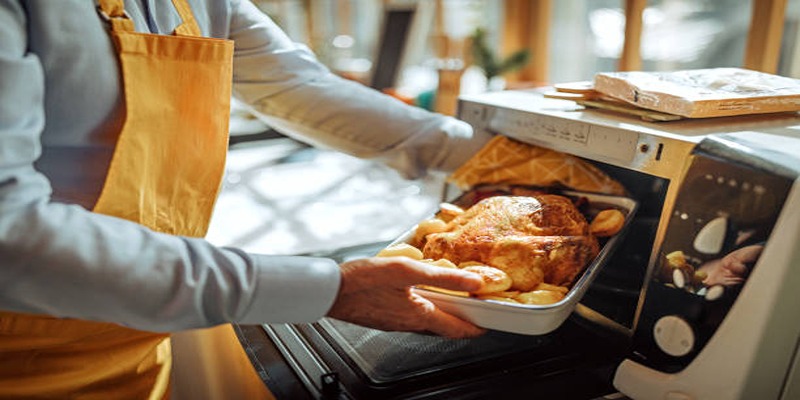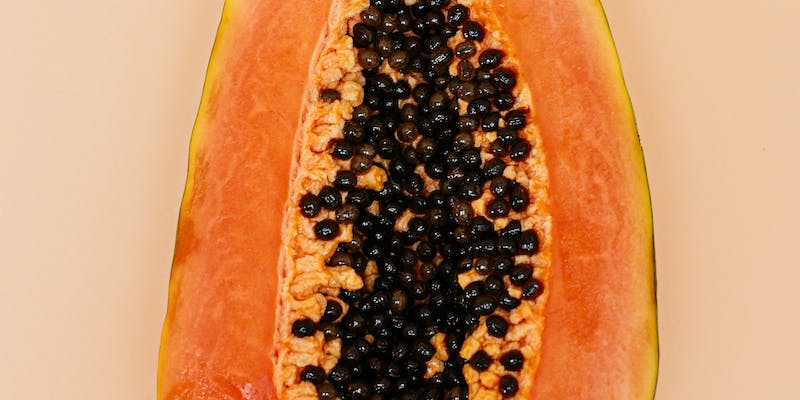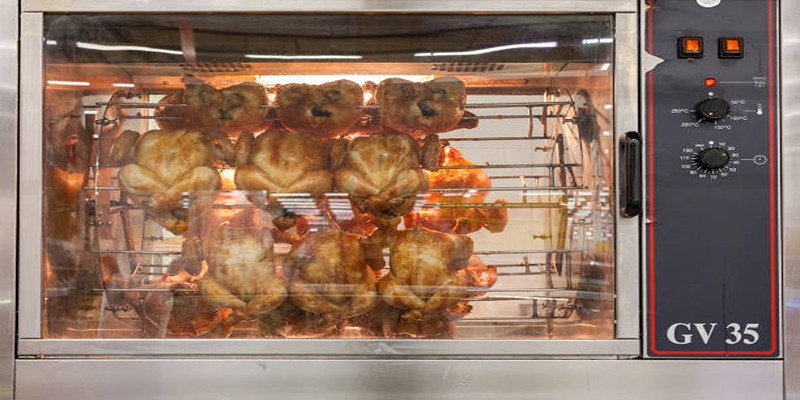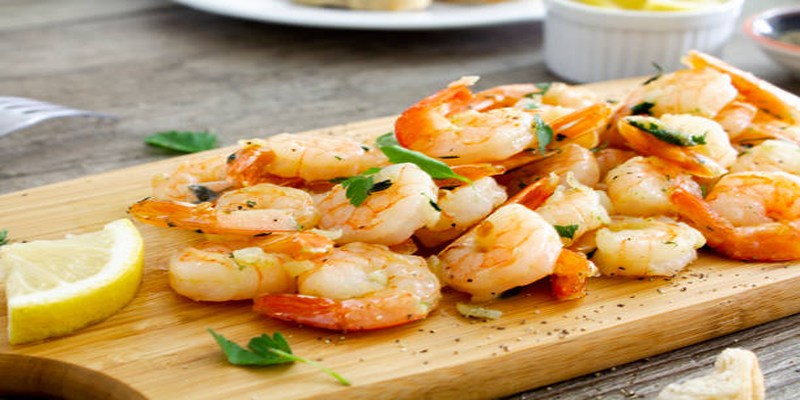Choosing the right cooking utensils for your kitchen can significantly impact your culinary experience. Wood and plastic are two of the most common materials used for cooking utensils, each with its own set of advantages and disadvantages. Wooden utensils are often praised for their durability, aesthetic appeal, and their ability not to scratch non-stick surfaces. On the other hand, plastic utensils are typically more affordable, easy to clean, and come in a variety of colors and styles. Balancing these factors can be challenging, but understanding the key differences between wood and plastic utensils will help you make an informed decision that suits your cooking needs and personal preferences. In this article, we will delve into the pros and cons of each material to help you choose the best option for your kitchen.
Material Composition

Wooden Utensils
Wooden utensils are typically made from hardwoods such as maple, oak, or cherry. These materials are highly durable and can withstand high temperatures, making them ideal for cooking. Wood is a natural material that often has antibacterial properties, which can help reduce the risk of cross-contamination in the kitchen. However, wooden utensils require proper care to maintain their longevity. They should be hand-washed and thoroughly dried to prevent warping or cracking. Additionally, it's advisable to occasionally treat wooden utensils with mineral oil to keep the wood moisturized and free from splits.
Plastic Utensils
Plastic utensils are usually made from food-grade plastics such as nylon or silicone. These materials are generally heat-resistant up to a certain temperature, but they can melt if exposed to very high heat. The primary advantage of plastic utensils is their affordability and ease of maintenance. They are usually dishwasher-safe, making them convenient for everyday use. Plastic utensils also come in a wide range of colors and styles, allowing for greater aesthetic flexibility in your kitchen. However, some plastics may not be as eco-friendly, and over time, they can wear down and degrade, potentially causing small plastic particles to enter your food.
Impact on Cookware
One of the primary concerns when choosing cooking utensils is their effect on your cookware. Non-stick cookware, in particular, can be easily damaged by using metal utensils that can scratch or chip the coating. This damage not only ruins the appearance of the cookware but also affects its non-stick properties. In this regard, wooden utensils are typically a safer option as they are less likely to cause scratches and do not conduct heat as much as metal utensils. Plastic utensils are also gentle on non-stick surfaces, making them a suitable alternative.
Durability and Longevity
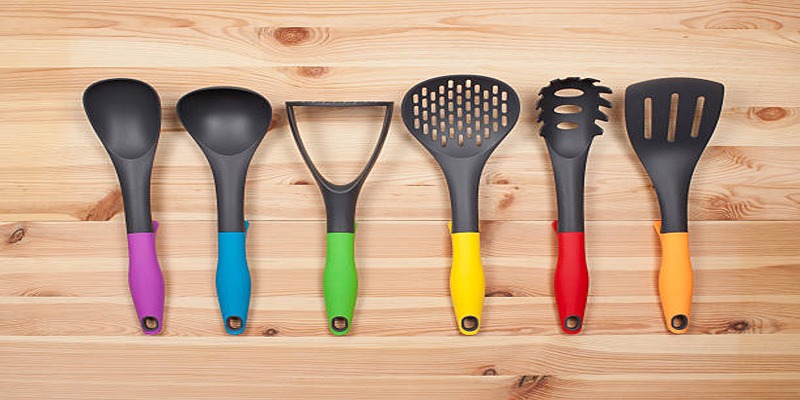
When it comes to durability and longevity, wooden and plastic utensils each have their strengths and weaknesses. Wooden utensils, particularly those made from high-quality hardwoods, are known for their exceptional durability. With proper care, wooden utensils can last for many years without showing significant signs of wear. However, they require a bit more maintenance compared to their plastic counterparts. Regular hand-washing, thorough drying, and periodic oiling are necessary to prevent cracking, splitting, or warping.
On the other hand, plastic utensils are generally low-maintenance and can withstand the rigours of daily use. They can be easily cleaned in a dishwasher, making them highly convenient for busy kitchens. Nevertheless, over time, plastic utensils may lose their integrity. Prolonged exposure to high heat can cause them to melt or warp, and repeated use may result in scratches or degradation of the material, which can shorten their lifespan. Despite these potential drawbacks, the affordability of plastic utensils makes them an attractive option, especially for those on a budget or looking to frequently replace their kitchen tools.
Environmental Impact
In recent years, there has been a growing concern about the environmental impact of plastic products. Unlike wooden utensils, most plastics are not biodegradable and can take hundreds of years to decompose. This means that choosing plastic utensils may contribute to the already mounting issue of plastic waste in landfills and oceans. On the other hand, wooden utensils are typically made from renewable resources and can be composted at the end of their lifespan, making them a more eco-friendly option.
Cost Analysis
Cost is often a significant factor when choosing between wood and plastic utensils. Wooden utensils, particularly those made from high-quality hardwoods, can be more expensive than their plastic counterparts. However, they are also more durable and can potentially last longer, making them a better long-term investment. Plastic utensils, on the other hand, are generally inexpensive and widely available. They may need to be replaced more frequently due to wear and tear or degradation.
Aesthetic and Sensory Experience
In addition to their functional purposes, kitchen utensils can also enhance the aesthetic and sensory experience of cooking. Wooden utensils, with their natural grain patterns and warm tones, can add a touch of rustic charm to any kitchen. Their smooth surface and comfortable grip can also provide a pleasant tactile experience while cooking. On the other hand, plastic utensils come in a variety of colors and designs that can add a pop of color or modern flair to your kitchen. However, they may not have the same organic appeal as wooden utensils.
Conclusion
Both wood and plastic utensils have their unique advantages and disadvantages. Wooden utensils are durable, have antibacterial properties, and can be more environmentally friendly. However, they require more maintenance and can be more expensive upfront. On the other hand, plastic utensils are affordable, low-maintenance, and come in a wide range of styles. However, they may not be as eco-friendly and may need to be replaced more frequently. Ultimately, the best option for your kitchen will depend on your personal preferences and priorities. So carefully consider these factors when choosing between wooden or plastic utensils for a functional and enjoyable cooking experience in your kitchen.

